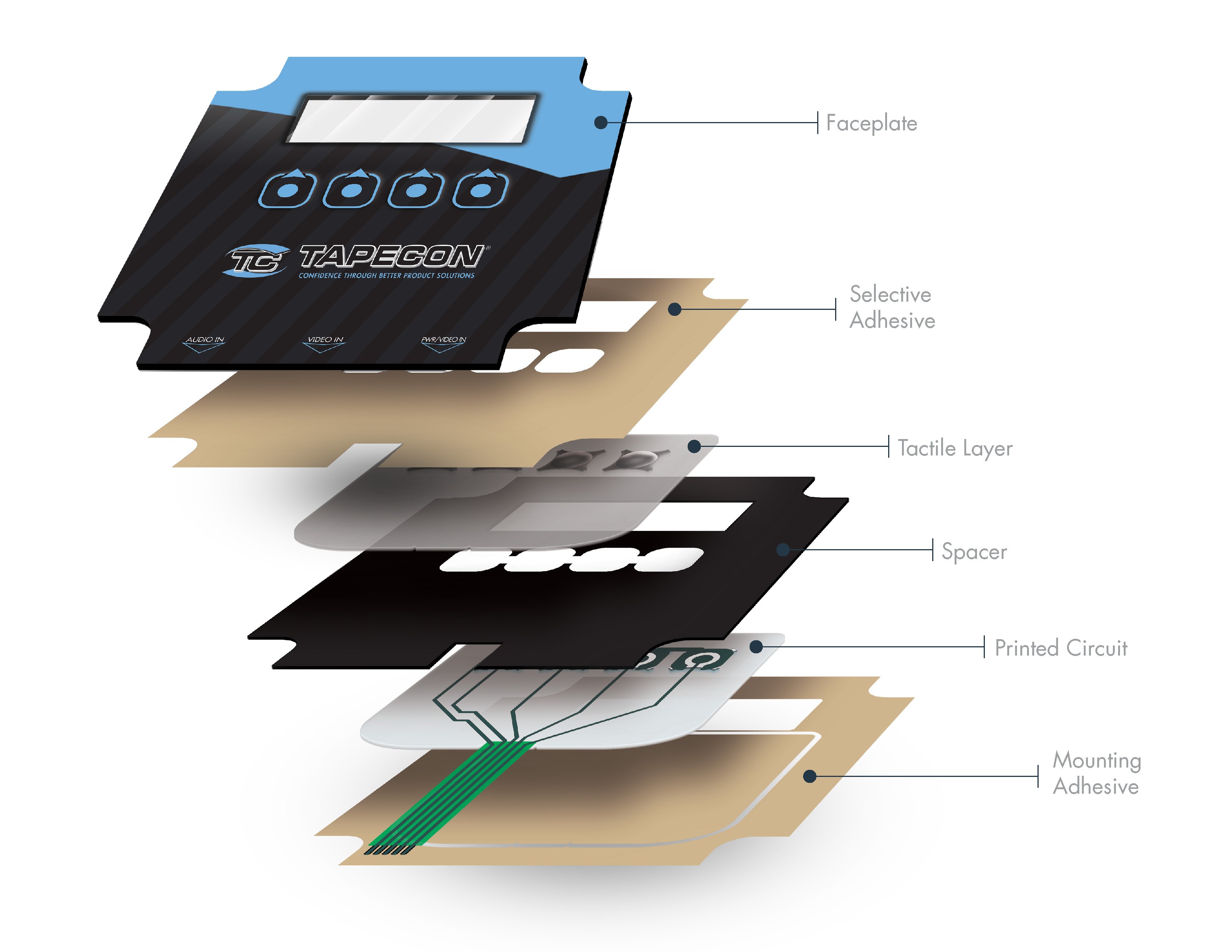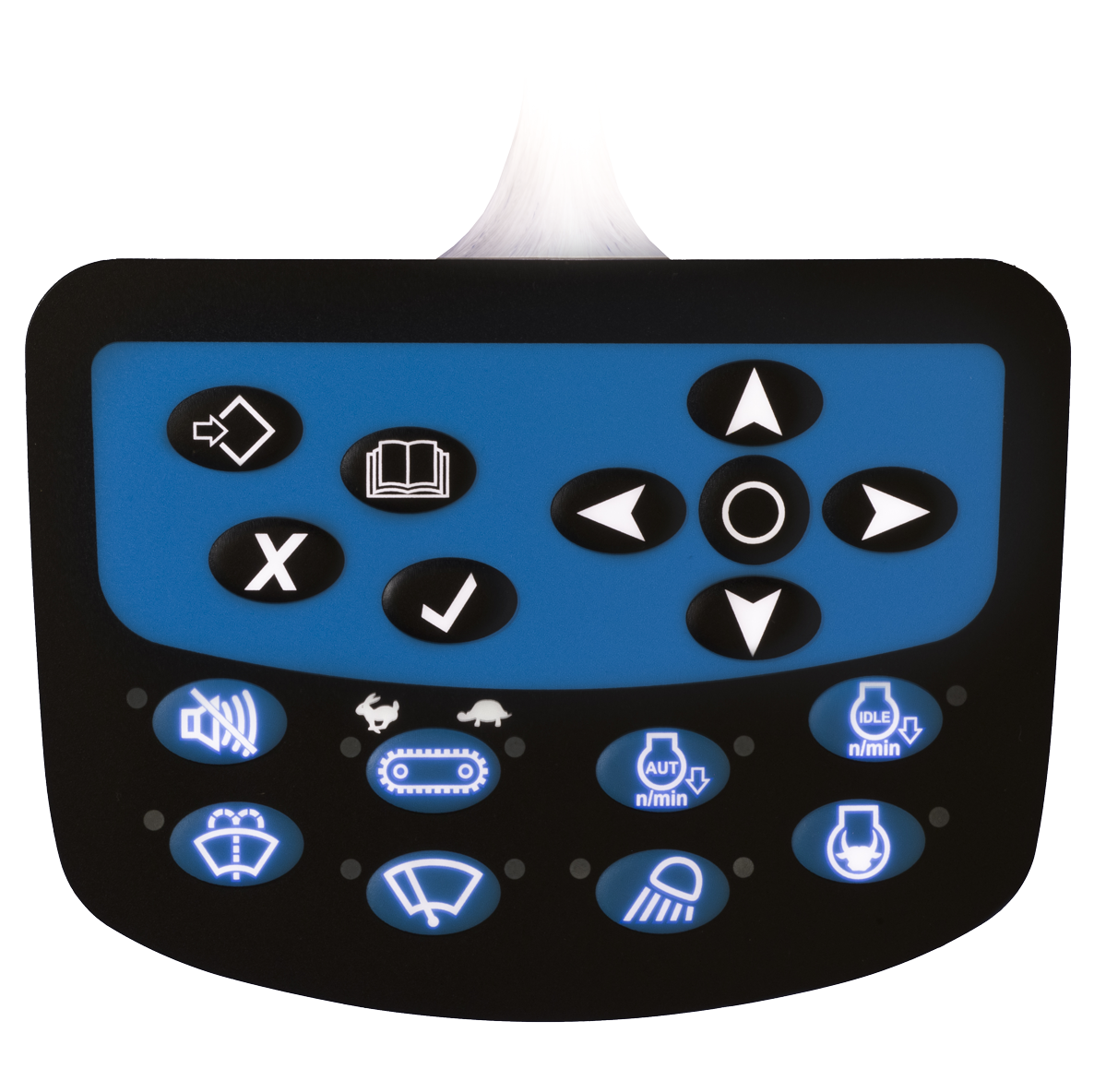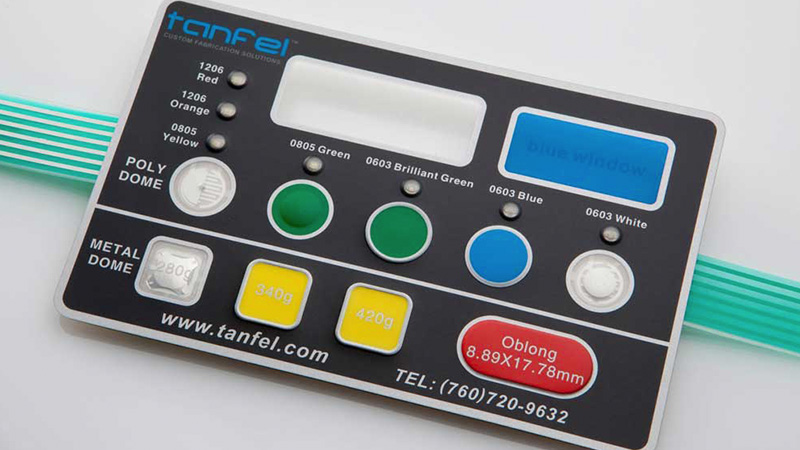Membrane Switch Modern Technology: The Trick to Trusted and Affordable User Interfaces
Membrane layer button innovation has actually become a critical part in the layout of individual interfaces, offering both reliability and cost-effectiveness throughout a varied variety of applications. Its robust building and construction guarantees resistance to environmental obstacles, while the versatility in style permits tailored services that meet certain market demands. As we explore the multifaceted benefits of membrane layer switches, their possibility for technology questions regarding future applications and progressing patterns. What does the following phase hold for this technology in a significantly electronic landscape?
Understanding Membrane Change Technology
Membrane layer button technology is an extensively utilized user interface solution in numerous digital devices, using a smooth mix of functionality and style. This technology integrates numerous layers of materials, normally including a graphic overlay, spacer layer, and a circuit layer. The graphic overlay shows the interface aspects, while the spacer layer separates the circuit layer from the overlay until a user turns on a switch.
When pressure is used to the overlay, the circuit layer completes the electric circuit, sending a signal to the gadget. This device permits various configurations, including tactile feedback and backlighting alternatives, boosting individual interaction. Membrane layer buttons are generally produced using durable materials such as polyester or polycarbonate, ensuring durability and resistance to ecological elements like moisture and dust.
The versatility of membrane layer changes allows their application in varied sectors, consisting of clinical gadgets, customer electronic devices, and commercial controls. Their portable layout enables assimilation right into space-constrained settings, offering a reliable user interface without endangering visual allure. Understanding the complexities of membrane button innovation is essential for suppliers and designers looking for to develop reputable and efficient human-machine interfaces.
Trick Benefits of Membrane Buttons
While numerous interface services exist, membrane changes deal distinct advantages that make them a favored selection in various applications. Among the key benefits is their sturdiness; membrane layer buttons are made to endure extreme environmental problems, including moisture, dirt, and temperature changes, ensuring resilient performance. This strength substantially decreases the requirement for frequent replacements, thus decreasing general maintenance prices.

In addition, membrane layer buttons are light-weight and portable, making them ideal for applications where space is limited. Their inconspicuous design adds to a smooth appearance without compromising capability.
Cost-effectiveness is also a notable advantage, as the production procedure for membrane layer switches has a tendency to be more economical contrasted to typical mechanical switches. This affordability, integrated with their reliability and ease of installment, placements membrane switches over as a functional service for a variety of markets seeking efficient and reliable interface.
Applications Throughout Various Industries
Exactly how do membrane layer switches adjust to the varied needs of various industries? continue reading this Membrane layer button innovation is significantly acknowledged for its convenience, making it ideal for a variety of applications throughout numerous fields. In the medical field, membrane switches are used in diagnostic equipment and person surveillance tools, where their longevity and ease of cleansing are critical for preserving hygiene criteria. The vehicle sector uses these buttons in dashboards and control panels, offering a streamlined visual while guaranteeing user-friendly procedure.
In customer electronic devices, membrane buttons give a compact solution for remotes and home devices, improving user experience via user-friendly design. Additionally, the commercial market leverages membrane layer buttons for equipment control board, benefiting from their resistance to rough settings, such as dampness and dirt.
Armed forces and aerospace applications also use membrane layer switches for their dependability and ability to endure severe problems, making sure functional efficiency in important circumstances. The food and beverage market adopts these buttons for automated systems, where hygiene and simplicity of procedure are paramount (membrane switch). Ultimately, membrane layer switches are customized to meet the special needs of each industry, showing their necessary duty in modern innovation user interfaces
Design and Personalization Choices

In the world of membrane layer button innovation, style and modification choices play an essential role in improving performance and individual communication. These switches can be customized to satisfy specific functional needs and aesthetic choices, making them versatile parts in numerous applications.
One of the key customization options is the layout of the button itself, which can be created to suit one-of-a-kind customer interfaces and ergonomic considerations. By readjusting the shape, size, and setup of switches, makers can create instinctive layouts that promote this ease of usage. Furthermore, the unification of different colors and visuals overlays enables branding and improved presence, ensuring that users can promptly recognize functions.
In addition, membrane switches can be crafted with various responsive feedback systems, such as elevated buttons or distinct clicks, to boost the user experience. Various materials can also be picked for longevity and environmental resistance, addressing factors such as wetness, temperature level changes, and chemical direct exposure.
Ultimately, the extensive design and personalization choices available in membrane switch modern technology equip organizations to create tailored remedies that not just satisfy practical needs yet likewise line up with their branding and functional demands.

Future Fads in Membrane Layer Buttons
As membrane switch innovation remains to advance, future fads are significantly concentrated on enhancing customer experience and incorporating innovative capabilities. One substantial pattern is the combination of touch-sensitive and capacitive technologies right into standard membrane switches. This advancement permits even more instinctive interface, giving tactile responses while keeping a smooth design.
Another emerging fad is the use of eco-friendly materials, driven by the expanding need for lasting manufacturing practices. Suppliers are looking for to lower their carbon footprint by utilizing recyclable substrates and low-impact inks, straightening with international sustainability goals.
Moreover, the rise of the Web of Points (IoT) is motivating the incorporation of clever functions into membrane buttons. Improved connection choices will certainly enable tools to connect with each other, enabling seamless integration right into wider systems.
Furthermore, innovations in printing technologies, such as digital printing, are permitting higher style flexibility and customization. This allows suppliers to create elaborate designs and vivid colors cost-effectively.

Conclusion
In verdict, membrane layer switch innovation stands for a crucial technology in user interface style, offering substantial benefits in sturdiness, personalization, and cost-effectiveness. Its prevalent applicability throughout varied industries underscores its value in modern-day innovation. As advancements proceed to arise, particularly in touch-sensitive user interfaces and browse around these guys lasting materials, the capacity for membrane changes to boost individual experience and functionality stays appealing. Continued expedition of this innovation will likely yield better improvements and broaden its extent in future applications.